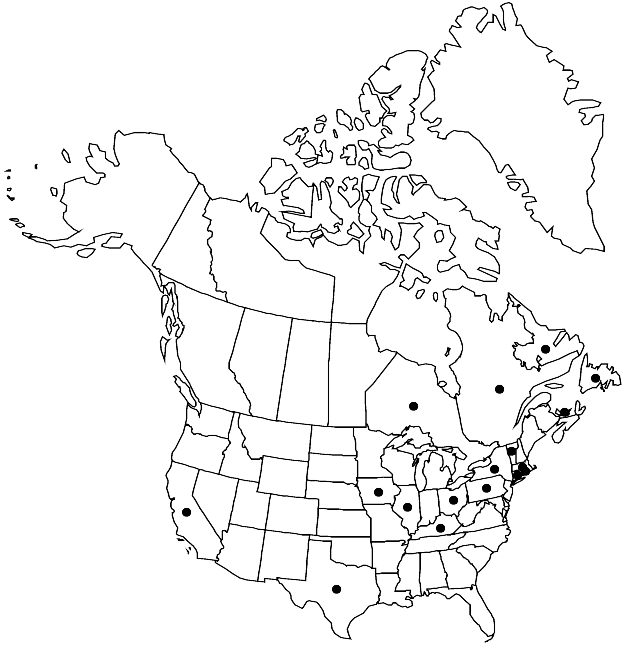Brassica oleracea
Sp. Pl. 2: 667. 1753.
Biennials or perennials; (with slender taproot or woody caudex, becoming suffrutescent and covered with conspicuous leaf scars); (glaucous), glabrous. Stems branched distally, 5–10 dm. Basal leaves: petiole to 30 cm; blade oblong or obovate, to 45 cm × 150 mm, (fleshy), blades pinnatifid or margins dentate. Cauline leaves (distal) sessile; blade (oblong to lanceolate), base auriculate and amplexicaul, (margins entire). Racemes not paniculately branched. Fruiting pedicels spreading to ascending, (8–)14–25(–40) mm. Flowers: sepals 8–15 × 1.5–2.7 mm; petals yellow, white, or lemon yellow, ovate or elliptic, (15–)18–25(–30) × (6–)8–12 mm, claw 7–15 mm, apex rounded; filaments 8–12 mm; anthers 2.5–4 mm. Fruits spreading to ascending, smooth, ± 4-angled or subterete, (2.5–)5–8(–10) cm × (2.5–)3–4(–5) mm; valvular segment with 10–20 seeds per locule, (2–)3–7.5(–9) cm, terminal segment usually seedless, rarely 1 or 2-seeded, (conic), (3–)4–10 mm. Seeds brown, 1.7–2.5 mm diam.; seed coat reticulate, not mucilaginous when wetted. 2n = 18.
Phenology: Flowering May–Aug.
Habitat: Maritime slopes or sea-facing cliffs, weedy escape, gardens, abandoned fields, waste places
Elevation: 0-100 m
Distribution

Introduced; Nfld. and Labr., Ont., P.E.I., Que., Calif., Conn., Ill., Iowa, Ky., Mass., N.Y., Ohio, Pa., R.I., Tex., Vt., Europe, Asia, Africa, introduced also in Australia.
Discussion
Brassica oleracea is widely cultivated worldwide as a vegetable crop, and its various forms are generally recognized as varieties instead of subspecies; these include var. acephala de Candolle (kale and collards), var. botrytis Linnaeus (cauliflower), var. capitata Linnaeus (cabbage), var. gemmifera Zenk (Brussels sprouts), var. gongylodes Linnaeus (kohlrabi), and var. italica Plenk (broccoli). It also occurs sporadically as a weedy escape from cultivation and seems unlikely to persist for long periods of time. It is reported to be naturalized on coastal cliffs (maritime slopes) in the northern Central Coastal Region and the central and southern North Coastal Region in California (Marin, San Francisco, San Mateo, Santa Barbara, and Ventura counties) (J. T. Howell et al. 1958; Howell 1970; H. G. Baker 1972; R. C. Rollins 1993b).
Selected References
None.